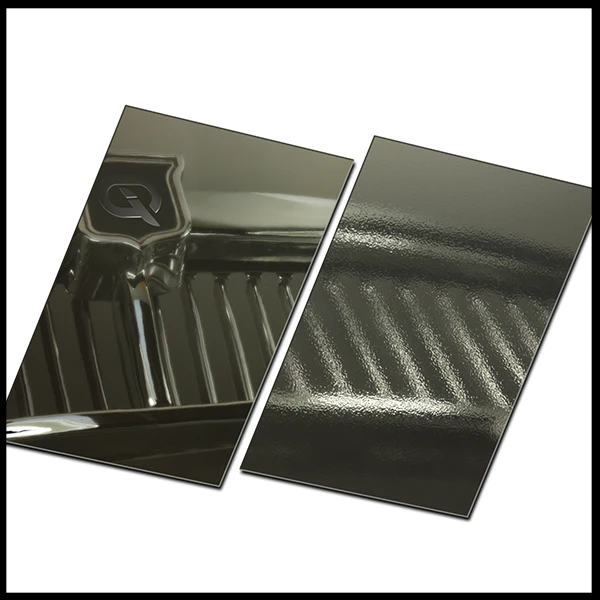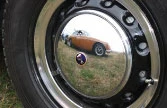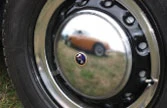Measuring the Reflective Quality of a Surface

Gloss, which is measured in terms of gloss units, is an indication of how reflective a surface is. A highly polished surface reflects more light and will give high gloss value when measured with a gloss meter.
Like color, gloss is one aspect of color appearance and is one major consideration in capturing consumer’s preference. Many designers incorporate gloss into their products to appeal to their customer. A shiny red coating for a sport car, a dark matte finish for a wallet and glossy home interior magazines, gloss plays an important part in product design.
In coating, orange peel is undesirable as it does not reflect surrounding images clearly. Orange peel is a defect where the coating surface resembles the skin of an orange. This is caused by incorrect formulation or poor application in process or workmanship.
A gloss meter may give two surfaces the same gloss value but visually, the reflected images look different.
Distinctness of Image and Reflected Image Quality
Distinctness of Image (DOI) and Reflected Image Quality (RIQ) are two appearance measurement parameters that will be able to quantify the orange peel effect. Both DOI and RIQ indicate objectively how clearly an image is reflected off a surface.
Haze
An optical effect, haze or haze reflectance is another measurement to evaluate surface quality. Hazy reflected image is caused by the microscopic surface texture changing the direction of reflected light.
Instruments like the Rhopoint IQ and IQ Flex provide user evaluation of surface quality to measure gloss and quantify orange peel and haze. Rhopoint IQ Flex is specifically designed to measure curved surfaces and small areas.
To find out more about Rhopoint IQ or IQ Flex and how it can help you, please call us at +65 6895 8685 or write to us at ssg@gcp.konicaminolta.com.


